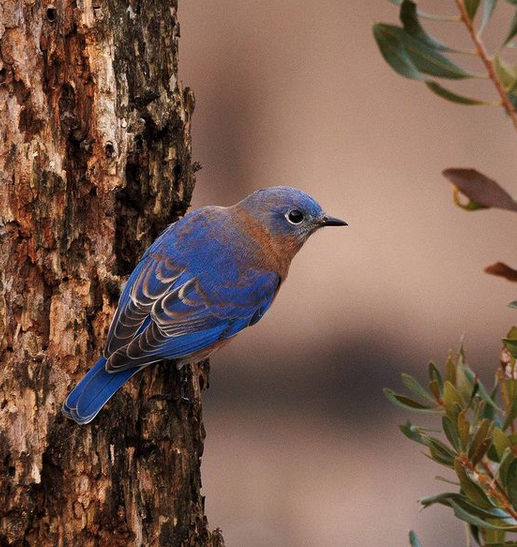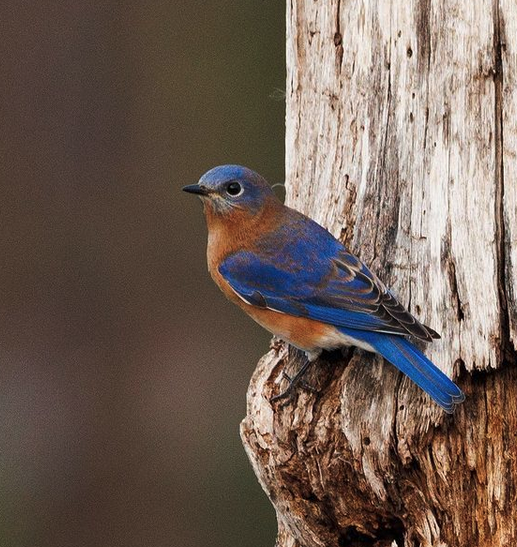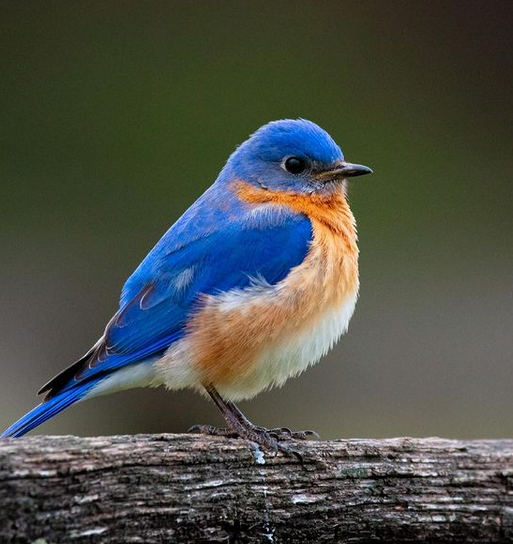By Sally Siko
While searching for Short eared Owls last week in Guilford County, I spotted a flock of a couple hundred Eastern Bluebirds that had taken control of the fields across from the GCF.
Walking through the grass, the Bluebirds were everywhere. Fluttering up ahead of me with each step, soaring low overhead as they searched the area for breakfast.
That vibrant blue color of their plumage really popped out against the warm toned sunlit grass!

Though they are indeed a common sight here in NC, I was happy to pause looking for the owls to snap off a couple photos of the Bluebirds instead.
It was fun to try and set my exposures juuuust right in order to capture those colors. Though many were hunkered down low, happily a couple of the Bluebirds obliged by posing oh so sweetly in the tall grass.
A nice reminder that while birding with a camera in hand, sometimes it’s about capturing the beauty of the moment rather than the rarity of the bird so time well spent IMO 😉

Now that winter is here, families of Bluebirds will form loose flocks to hunt for a meal over open fields, in agricultural areas as well as in stands of long leaf pines with other songbirds such as sparrows, Nuthatches and Pine Warblers.
They are true omnivores with a diet consisting of a mix of seeds, insects and fruits. Being able to digest nutrients from a wide variety of food sources means that the Eastern Bluebird can thrive here in North Carolina even during the coldest months when insects are scarce.
Plus the extra help that bird lovers provide by putting out suet (another favorite Bluebird snack) in their feeders during the wintertime helps a whole lot too 🙂
Photos by Sally Siko of @bestlife_birding captured on my mighty mirrorless monster, the @canonusa #R5











